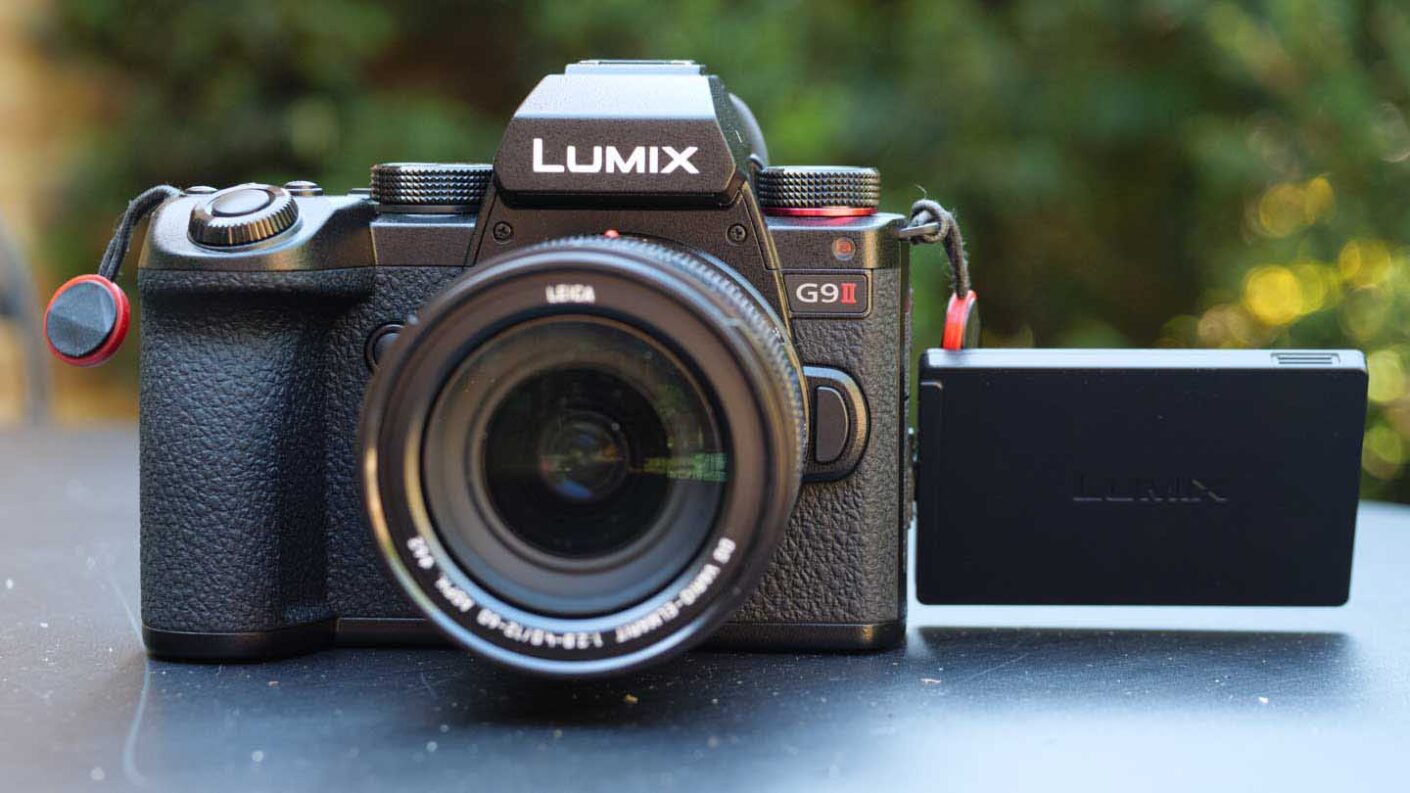The Panasonic Leica DG Vario-Summilux 25-50mm F1.7 Asph. is a premium zoom lens that’s designed for use on Panasonic’s Lumix G-series cameras such as the Panasonic G9 and Panasonic GH5 Mark II. This means that it has the Micro Four Thirds mount and it can also be used on Olympus cameras such as the Olympus OM-D E-M1 Mark III.
A focal length of 25-50mm is unusual, but on a Micro Four Thirds camera it translates to an effective focal length of 50-100mm in full-frame terms. That makes it a short telephoto lens. It’s also the first telephoto lens to feature a constant aperture of F/1.7. This aperture combined with the focal length range could make the Leica DG Vario-Summilux 25-50mm F1.7 Asph attractive for portrait photography, but it’s suited to a wide range of uses.
It’s likely that the Leica DG Vario-Summilux 25-50mm F1.7 Asph will be partnered with the Leica DG Vario-Summilux 10-25mm F1.7 Asph, which has an effective focal length range of 20-50mm.



